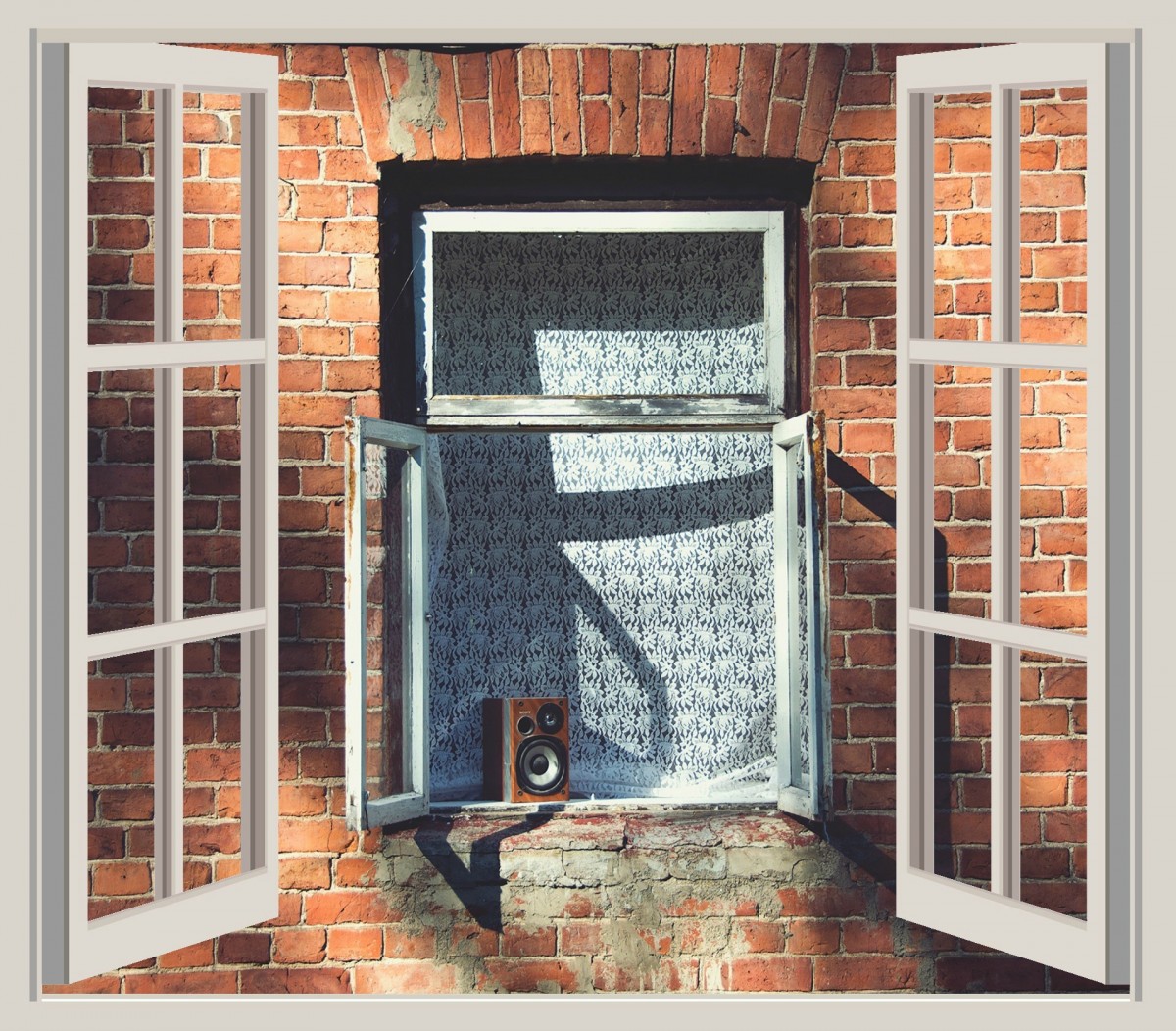
Contents
Focus on expanding foam
Step 1: Follow specific rules for the proper use of expanding foam
Step 2: Case 1: Use expanding foam to insulate against cold
Case 2: Inject expanding foam to fill or seal
Expanding foam can be used to fix, fill, caulk and insulate. Available in the form of a spray container, you can use it in many situations because of its sticky nature and ability to expand as it dries.
This post explains how and when to use expanding foam.
Focus on expanding foam
You can find expanding foam in DIY stores in the form of a spray can with a valve. Some valves can be multi-positional, which allows you to change the orientation (useful in certain situations). It can be used indoors or outdoors, with temperatures between 10 and 30°C. It adheres to substrates such as concrete, plaster, metal, some plastics, wood, stone, or brick, but not to polypropylene, polyethylene, Teflon, and glass.
The chemical reaction called polymerization transforms the liquid polyurethane into a semi-rigid foam. Shaking the can is recommended to increase the expansion of the foam.
Good to know: Expanding foam cans that can be purchased in home improvement stores now have a reduced MDI (methylene diphenyl diisocyanate or isocyanate) content.
1. Follow specific rules for the proper use of expanding foam
Before use:
- Wear safety glasses to protect yourself from liquid foam projections.
- Moisten the surfaces on which you will apply the foam to accelerate the chemical reaction and make the foam harden more quickly.
- Shake the can about 20 times to warm the foam and homogenize it. Make sure the temperature is between 10 and 30°C.
During application
- Place the end of the valve at the entrance of the cavity to be filled.
- Gently press the valve’s control tip, with the can positioned upside down.
As their name indicates, it is good to know that you can use multi-position cans.
- Fill the cavity halfway as the foam triples in volume during expansion.
- Use small amounts and add more product later if necessary.
Important: too much product will cause too much expansion. This can deform wood and specific materials.
- Let the foam spread and infiltrate inaccessible places.
The foam dries on the surface in 15 minutes, but it takes about 12 hours to dry through, depending on thickness, temperature, and humidity.
When the foam is dry, cut off the excess with a cutter.
It can be coated or painted for an excellent finish.
- Clean the valve with acetone.
2. Case 1: using expanding foam to insulate against cold

Use expanding foam to prevent water pipes or outdoor faucets from freezing in winter.
- Cut the top off a plastic bottle.
- Insert the bottle over the faucet.
- Inject foam into the bottle to wrap the faucet.
- Protect pipes exposed to the cold
- Cover pipes with foam.
- Prevent cold air from entering (corrugated roof, hole in wall).
- Fill each wave lightly.
- Let dry and cut off the excess with a cutter.
- Fill the gap, dry it, and cut the lot with a blade.
Important: If you want to insulate a window frame (between the frame and the wall), use the expanding foam only if you are sure that the water and air tightness is assured. The foam is only meant to provide additional thermal insulation.
Case 2: Inject expanding foam to fill or backfill
- Fill a pipe passage through a wall by injecting foam into the hole.
- Fill a gap between two sections of the wall in small increments.
- Fill a gap under a shower tray in the same way.
- Fill electrical conduit gaps using foam instead of plaster. It will fill the cavities and block the sheathing.
Materials needed to use the expanding foam.
Acetone
Bottle of water
Cloth
Cutter
Sponge
Safety glasses
Expanding foam



